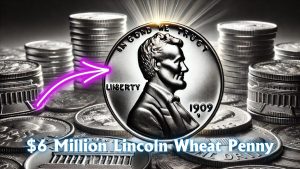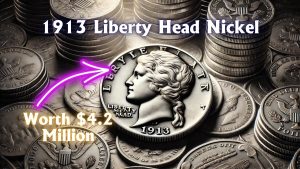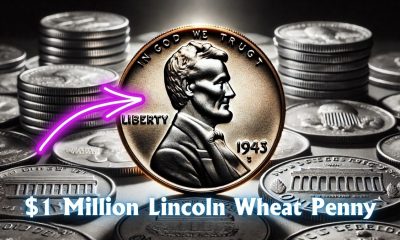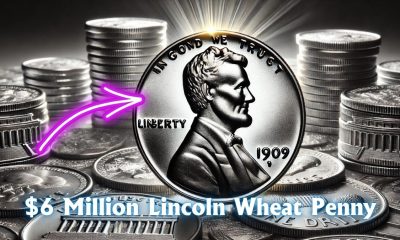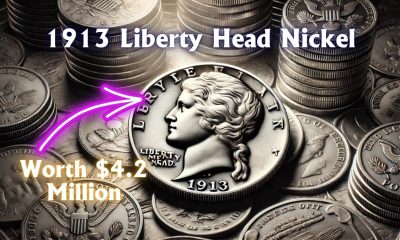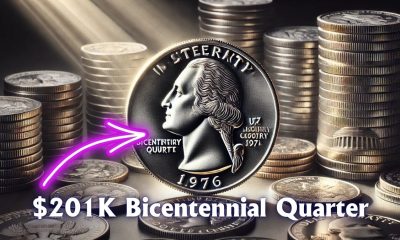Money
The $1.9 Billion Lincoln Wheat Penny Still in Circulation—Is It Hiding in Your Pocket?
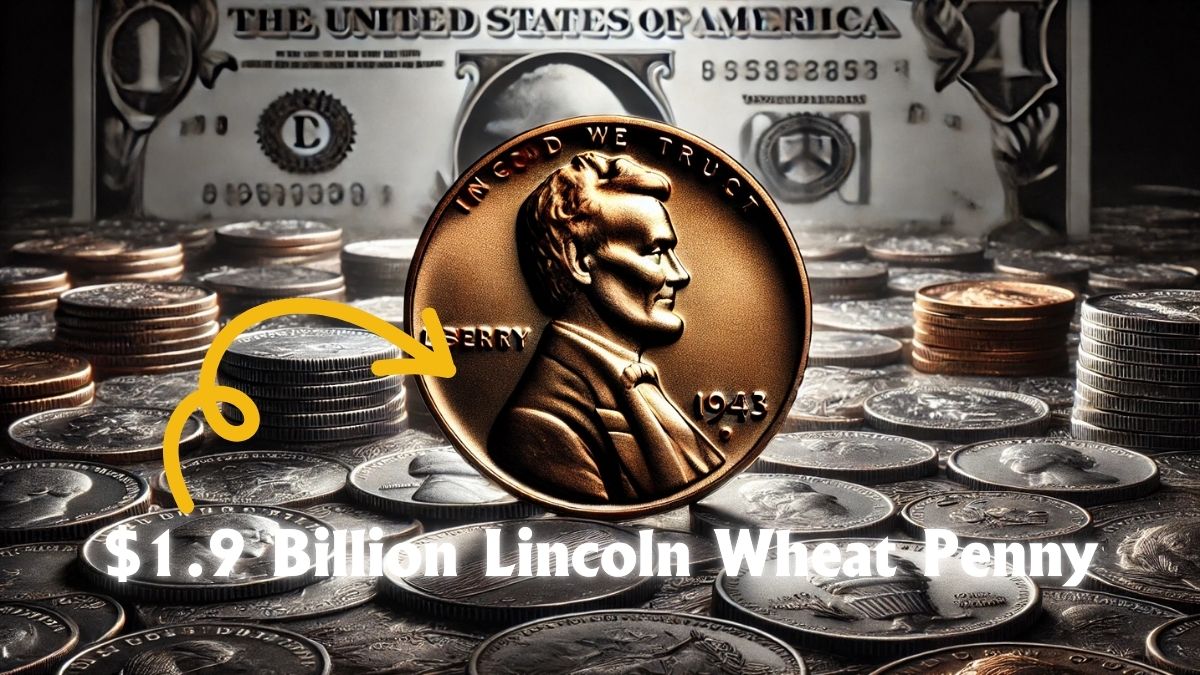
The Lincoln Wheat Penny, minted from 1909 to 1958, holds a special place in American numismatic history. While most of these coins are common, certain rare variations have fetched astonishing sums at auctions, with some reaching up to $1.9 million.
This article delves into the history, notable rarities, and tips on identifying valuable Lincoln Wheat Pennies that might be hiding in your pocket change.
A Brief History of the Lincoln Wheat Penny
Introduced in 1909 to commemorate the 100th anniversary of President Abraham Lincoln’s birth, the Lincoln Wheat Penny was the first U.S. coin to feature a real historical figure.
Designed by Victor David Brenner, the obverse showcases Lincoln’s profile, while the reverse displays two wheat stalks, symbolizing prosperity and unity. This design remained in circulation until it was replaced by the Lincoln Memorial design in 1959.
The $1.9 Million 1943-D Bronze Wheat Penny
One of the most coveted coins among collectors is the 1943-D Bronze Wheat Penny. During World War II, to conserve copper for the war effort, the U.S. Mint switched to producing pennies from zinc-coated steel.
However, a few bronze planchets from previous years were mistakenly used, resulting in extremely rare bronze pennies dated 1943.
The 1943-D (Denver Mint) bronze cent is particularly notable, with one specimen selling for $2.3 million. Its rarity and historical significance make it a prized possession for numismatists.
Other Notable Rare Lincoln Wheat Pennies
Several other Lincoln Wheat Pennies have garnered significant attention and value:
| Year | Mint Mark | Notable Feature | Approximate Value |
|---|---|---|---|
| 1909 | S VDB | Designer’s initials “VDB” prominently displayed; limited mintage of 484,000 | Up to $2,200 |
| 1914 | D | Low mintage of about 1.2 million | Up to $5,500 |
| 1922 | No D | Missing mint mark due to die error; only year Denver minted pennies exclusively | Up to $30,000 |
| 1955 | None | Doubled die error causing noticeable doubling in inscriptions | Up to $16,000 |
Values are approximate and can vary based on condition and market demand.
Identifying Valuable Lincoln Wheat Pennies
To determine if you have a valuable Lincoln Wheat Penny, consider the following factors:
- Date and Mint Mark: Key dates like 1909-S VDB, 1914-D, 1922 No D, and 1955 doubled die are particularly valuable. The mint mark, located below the date, indicates where the coin was produced: ‘S’ for San Francisco, ‘D’ for Denver, and no mark for Philadelphia.
- Errors and Variations: Coins with minting errors, such as doubled dies, off-center strikes, or incorrect planchet materials, are highly sought after. For instance, the 1955 doubled die penny displays a clear doubling of the date and inscriptions.
- Condition (Grade): The coin’s condition significantly impacts its value. Coins are graded on a scale from 1 to 70, with higher numbers indicating better preservation. Uncirculated coins with no wear are the most desirable.
How to Authenticate and Preserve Your Coin
If you believe you’ve found a valuable Lincoln Wheat Penny:
- Avoid Cleaning: Cleaning can reduce a coin’s value. Leave it in its current state.
- Seek Professional Grading: Have the coin evaluated by reputable grading services like the Professional Coin Grading Service (PCGS) or the Numismatic Guaranty Corporation (NGC) to determine its authenticity and grade.
- Proper Storage: Store the coin in a protective holder to prevent damage.
The allure of discovering a rare Lincoln Wheat Penny adds excitement to the hobby of coin collecting. While the chances of finding a million-dollar penny are slim, many valuable variations are still in circulation. By familiarizing yourself with key dates, mint marks, and errors, you might just uncover a hidden treasure in your pocket change.
FAQs
What makes the 1943-D Bronze Wheat Penny so valuable?
The 1943-D Bronze Wheat Penny is valuable due to its rarity. During WWII, pennies were made from steel to conserve copper. A few bronze planchets were mistakenly used, resulting in rare bronze pennies dated 1943. The Denver Mint version is particularly scarce.
How can I tell if my 1943 penny is bronze or steel?
Perform a magnet test: steel pennies will stick to a magnet, while bronze pennies will not. Additionally, bronze pennies weigh about 3.11 grams, whereas steel pennies weigh around 2.7 grams.
Are all Lincoln Wheat Pennies valuable?
While many Lincoln Wheat Pennies are common and worth only a few cents, certain dates, mint marks, and error coins can be quite valuable, especially in higher grades.
-

 Government Aid3 months ago
Government Aid3 months agoFebruary SSDI Payments: Only This Group Will Receive the First Checks of Next Month
-
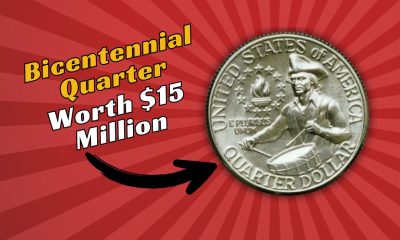
 Finance2 months ago
Finance2 months agoRare Bicentennial Quarter Worth $15 Million
-

 Government Aid2 months ago
Government Aid2 months agoSocial Security Announces 2025 Check Increase, But a 23% Reduction is Expected Soon
-
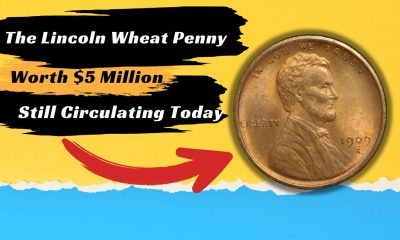
 Finance3 months ago
Finance3 months agoThe Lincoln Wheat Penny Worth $5 Million- Still Circulating Today
-

 Finance3 months ago
Finance3 months agoRare Coins: The 1964 D Lincoln Penny Errors You Should Know About
-

 Government Aid2 months ago
Government Aid2 months agoIRS to Distribute Stimulus Checks to Millions- Find Out How to Claim Yours
-
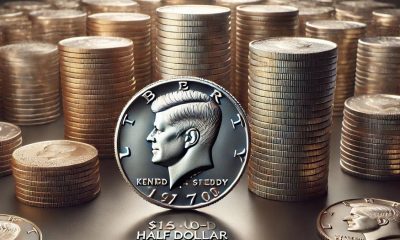
 Finance3 months ago
Finance3 months ago1970-D Kennedy Half Dollar- A Rare Coin Worth Over $150,000 Still in Circulation!
-

 Government Aid3 months ago
Government Aid3 months agoThe Complete February SSDI Payment Schedule: Discover When You’ll Receive Your Disability Benefits

